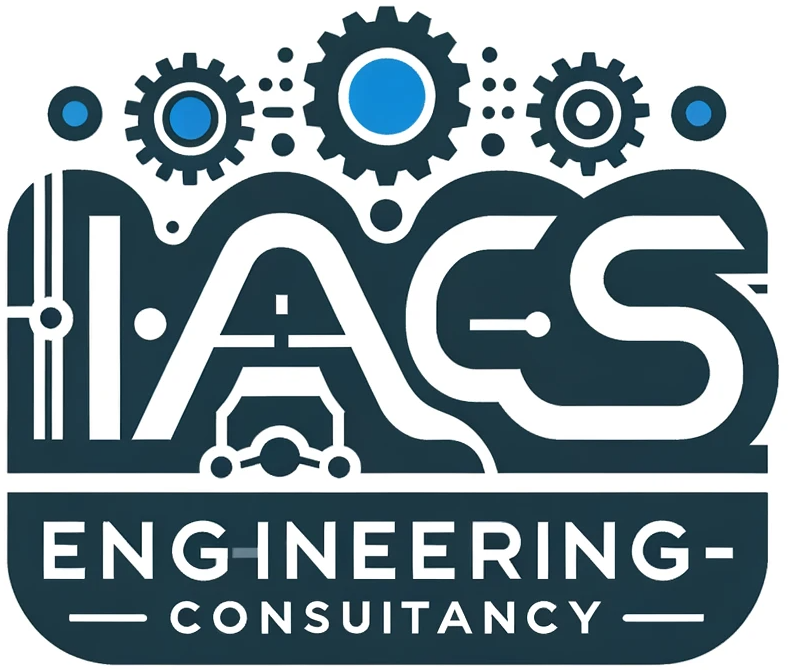Here’s how to estimate the development cost for a Functional Design Specifications (FDS) document in the context of industrial automation projects:
1. Estimate Effort based on Project Scope:
- The complexity of the automation project significantly impacts the effort required to develop a comprehensive FDS document.
- A larger project with numerous functionalities and intricate control logic will require a more detailed FDS, leading to higher development costs.
2. Break Down the FDS Development Process:
- Divide the FDS development process into smaller tasks, such as:
- System overview and requirements gathering
- Functional breakdown of each subsystem
- Input/Output (I/O) point definitions and descriptions
- Control logic and sequence descriptions
- HMI (Human-Machine Interface) functionalities and specifications
- Safety considerations and interlock requirements
- Acceptance criteria and testing procedures
3. Resource Allocation and Rates:
- Identify the personnel involved in FDS development (e.g., senior control system engineers).
- Estimate the time each resource will dedicate to developing each section of the FDS.
- Apply the hourly or daily rate of each resource to calculate the labor cost for each task.
In our experience, the billable hourly rate of a Senior Control Systems Engineer typically range from $130 to $250.
4. Additional Considerations:
- Include the cost of software tools used for FDS development (e.g., document creation software, diagramming tools).
- Factor in potential revisions and iterations based on client feedback. Allocate buffer time and cost for these.
- Consider internal knowledge base and existing FDS templates from previous projects to potentially reduce development time.
Techniques for Effort Estimation:
- Expert Judgment: Leverage the experience of engineers familiar with FDS development for similar projects to estimate the required effort.
- Analogy-based Estimation: If you have historical data on FDS development time for projects of similar scope, use that information as a reference point.
5. Communication and Client Involvement:
- Maintain open communication with the client throughout the FDS development process.
- Clearly define the level of detail and functionalities expected in the FDS to manage expectations and ensure a cost-effective approach.
By following these steps and considering the project’s specific needs, you can establish a more accurate estimate for the development cost of your FDS document. Remember, a well-developed FDS serves as a crucial roadmap for the entire automation project, promoting clarity, reducing rework, and ultimately contributing to project success.
